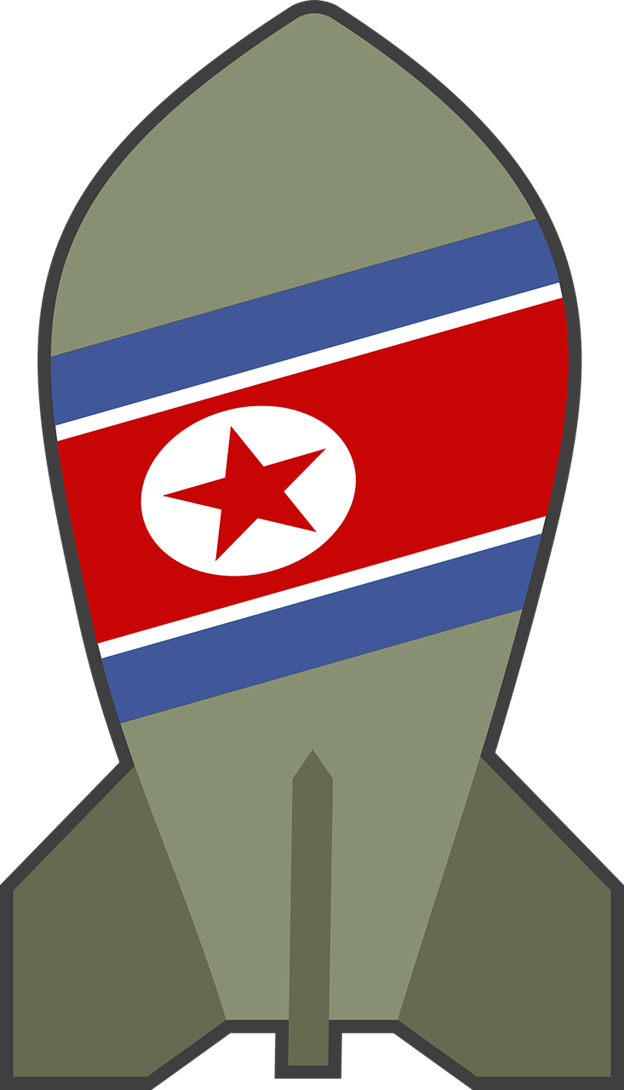North Korea has tested a new hypersonic intermediate-range missile aimed which appears aimed at U.S. bases In the Indo-Pacific.
The Congressional Research Service (CRS) recently noted that North Korea continues to advance its missile and nuclear weapons programs despite UN Security Council sanctions and high-level diplomatic efforts. According to the analysis, the country’s ballistic missile testing, military parades, and policy statements suggest that North Korea is continuing to build a nuclear warfighting capability designed to evade regional ballistic missile defenses. Such an approach likely reinforces a deterrence and coercive diplomacy strategy—lending more credibility as it demonstrates capability—but it also raises questions about crisis stability and escalation control.
The study suggests that Congress may wish to examine U.S. policy toward North Korea. This is particularly important, since The Pyongyang regime can now target the American mainland with ICBMs It demonstrated its ability initially in various tests in 2017, subsequently in 2022, four times in 2023, and again in 2024.
In a truly worrisome move, North Korea adopted, in 2022, adopted a policy expanding the conditions under which North Korea would use nuclear weapons to include possible first use in situations that threaten the regime’s survival. In September 2023, Kim promised to boost nuclear weapons production “exponentially” and diversify nuclear strike options.
CRS revealed that North Korean government statements show that the country is aiming to increase its stockpile of nuclear warheads and improve their design for a variety of delivery systems. Some nongovernmental experts estimate that North Korea has produced enough fissile material for between 20 to 60 warheads.
Another goal of its nuclear weapon program is to lower the size and weight of a nuclear warhead for deployment on missiles, called “miniaturization.” A July 2017 DIA assessment asserted North Korea had achieved the level of miniaturization required to fit a nuclear device on weapons ranging from short-range ballistic missiles (SRBM) to intercontinental ballistic missiles (ICBM). Kim Jong-un in January 2021 said that the country was able to “miniaturize, lighten and standardize nuclear weapons and to make them tactical ones.” In his January 1, 2023, speech, Kim said the country would expand its nuclear arsenal and “mass produce” tactical nuclear weapons. The 2024 ATA said that Kim ordered a “an increase in the nuclear weapons stockpile and the expansion of weapon-grade nuclear material production” in March 2023. The ATA said that “North Korea also unveiled a purported tactical nuclear warhead and claimed it could be mounted on at least eight delivery systems, including an unmanned underwater vehicle and cruise missiles.”
Recently, according to the Defense Department, The United States and South Korea (ROK) convened the fourth Nuclear Consultative Group (NCG) in Washington, D.C. The meeting was co-chaired by Ms. Cara Abercrombie, who is performing the duties of U.S. Deputy Under Secretary of Defense for Policy, and Dr. Cho Chang Lae, ROK Deputy Minister for National Defense Policy.
The United States reaffirmed its commitment to South Korea. The American representatives stressed that any nuclear attack by North Korea would be met with a “swift, overwhelming, and decisive response.” They stressed that the United States reiterated that any nuclear attack by the DPRK against the United States or its allies would result in the end of the Pyongyang regime, And that commitment is backed by the “full range of U.S. capabilities, including nuclear.” The Americans also reaffirmed the commitment to enhance the regular visibility of U.S. strategic assets to the Korean Peninsula.
Prospects for the future appear increasingly worrisome, as it deepens its military relations with Russia. Moscow has apparently exchanged advanced weaponry, including aircraft, in return for armaments such as artillery and infantry troops.
Illustration: Pixabay
